Hyundai’s electric air taxi flying cars land in 2028, but does humanity want them?
We’ve been promised flying cars for generations, and this decade, finally, it looks ready to happen. It just won’t be quite as cool as the movies promised.
They’ll be electric, of course. But more like giant flying drones rather than anything you enjoyed from Blade Runner, Back to the Future, The Man with the Golden Gun or even Chitty Chitty Bang Bang.
At the 2024 Busan Mobility (car) Show in Korea, Hyundai’s Advanced Air Mobility (AAM) company Supernal stated its plan to enter the air taxi market by 2028 with its S-A2 e-VTOL (electrical vertical take-off and landing) craft.
READ MORE: Hyundai’s next-gen EV vision: Inspiration from smartphones and 1000km range
READ MORE: Airspeeder electric flying cars are ready to race
READ MORE: Uber seeks to get flying EV taxis off the ground
Yep, three short years away. But that actually looks like it’ll be late to market, if chief rivals are to be believed.

US startup Joby Aviation says is launching air taxi services in Dubai in early 2026, its craft carrying a pilot and up to four passengers.
But it’s polarising technology.
We’re told flying cars/taxis are a solution to congested urban roads, but anyone who has had their peace – and privacy – shattered by a little video drone whining overhead will likely shudder at the thought of giant people-carrying ones darkening our skies.
But to hell with your concerns, there’s money to be made. Forecasts by Morgan Stanley and Uber suggest AAM could be worth US$320 billion ($474 billion) by 2035.
Car companies including Hyundai, Toyota, Porsche, Mercedes-Benz and Stellantis are heavily invested, as are aerospace giants Boeing and Airbus.
Jaiwon Shin, President of Hyundai Motor Group and CEO of Supernal, told journalists that Australia was a natural target for air taxi companies.
“Clustered cities with a good density of population (like Australia) is a very attractive market,” he explained. Despite our nation’s vastness, the huge majority of Aussies live in just a few urban centres, making short-trip air taxis well suited.
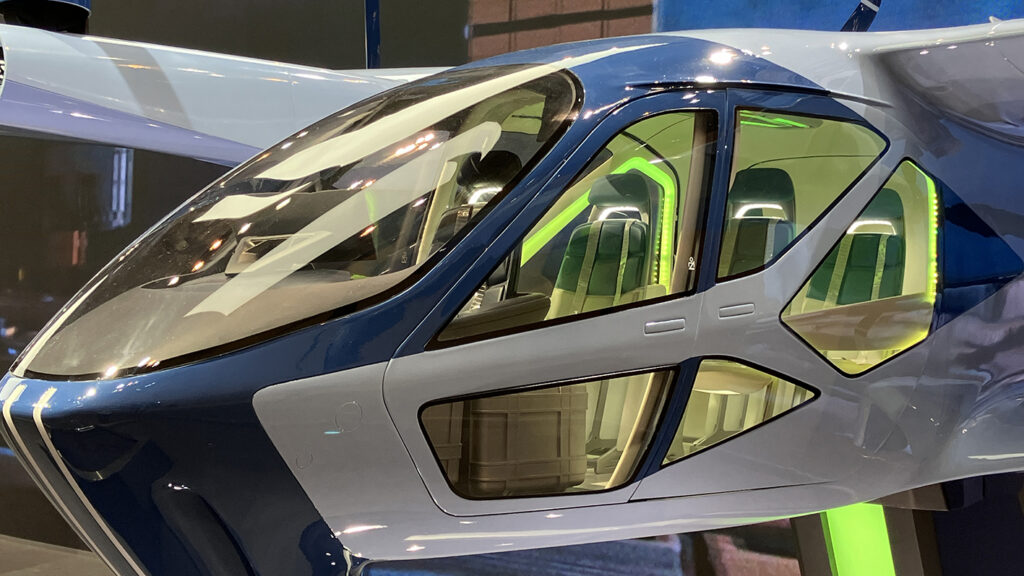
We were able to get up close to a large scale prototype of Hyundai’s S-A2 e-VTOL, which is fully battery powered, has eight tilting propellors and space inside for four passengers and a pilot – similar to a small helicopter.
Range? It’s been designed to “meet typical city operation needs,” which is said to be from 40km to 65km. Imagine hopping out of a First Class commercial plane, then hailing an air taxi to get from Sydney airport up to the pad at Palm Beach – instead of a two hour drive, it should make it in about 24 minutes.
Final specs for Hyundai’s air taxi are still to be revealed, including battery size, maximum electric range and recharging time.
The battery would likely need plugged in like an EV, although Hyundai’s experienced with quick-filling hydrogen fuel cell technology via its Nexo car.
Also hard to find is any proper market research data on if Australians – or any other country’s people – actually want these aero Ubers or flying cars.
It’s hard to imagine many folk getting excited about our city airspace resembling peak Battle of Britain with dozens of aircraft zooming over head.

Drones hardly have an appealing sound, and if this form of transport is reserved for the wealthy elite, we poor peasants stuck in traffic below will hardly rejoice.
There’s also other pertinent concerns. What if they fliers collide and crash into a busy urban centre?
Or, worse yet, what if one gets hijacked for nefarious means? How about whatever operating system/radar they use gets hacked and everything falls out of the sky and on to lots of terrain-bound humans?
Too alarmist? Perhaps. But these are questions that must be addressed.
On the noise front, Shin promised the e-VTOL flying taxi “operates as quietly as a dishwasher”. In vertical take-off and landing it registers 65 dB, and when cruising horizontally it’s only 45 dB. A helicopter, for reference, is about 78 dB at 300 metres.
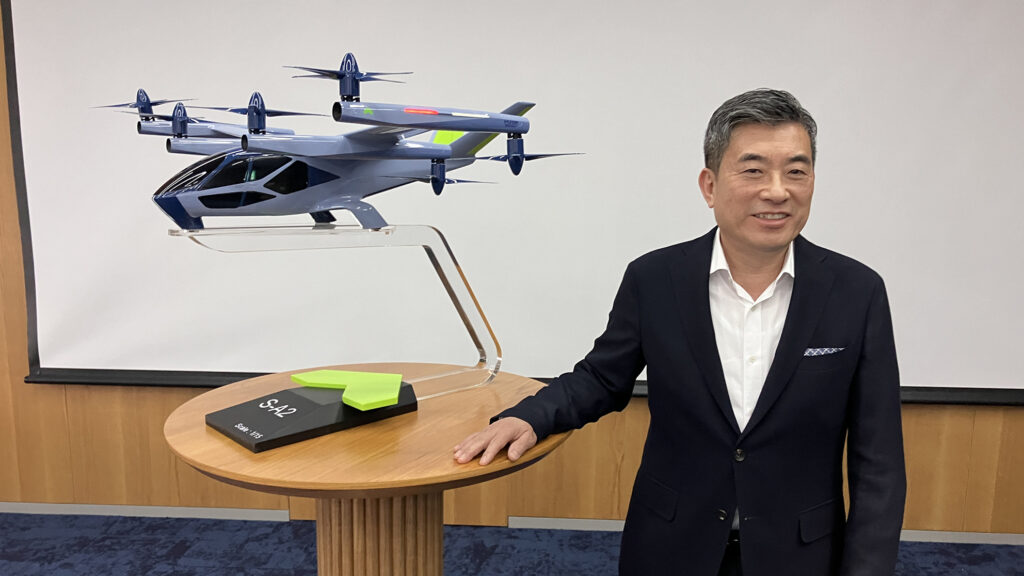
Hyundai and Supernal say the plan is to “democratise urban air mobility” and “once we have enough aircraft in the air, we’re expecting it’s something you can really afford.”
Perhaps that’s not too hard when considering toll road prices for crossing Sydney these days.
Infrastructure’s also a requirement. Obviously, eVTOLs need a place to take off and land, so ‘vertiports’ with charging facilities are needed – not easy in a congested city.
And passengers must be able to board and disembark quickly, or with the time wasted, you may as well be sitting in traffic on the ground.
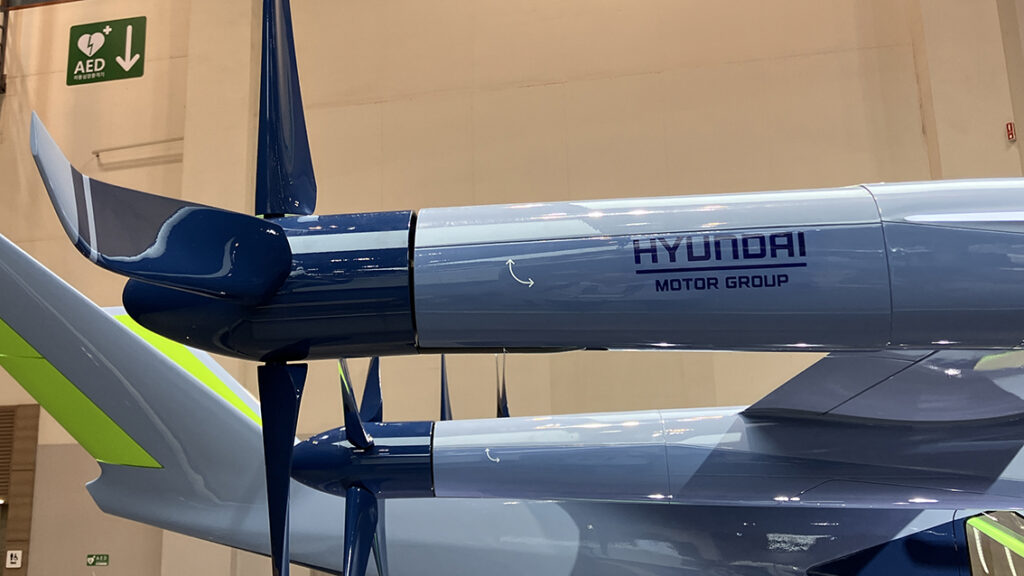
Challenges aside, the benefits of reducing urban congestion and carbon emissions does appeal.
As does the potential for these giant drones to operate as medivacs or for emergency deliveries – dangling carrots that could sway governments and regulators to green light them.
But you sense when the general public’s concerned, air taxis will simply be a plaything for millionaire city folk to make their lives even more convenient.

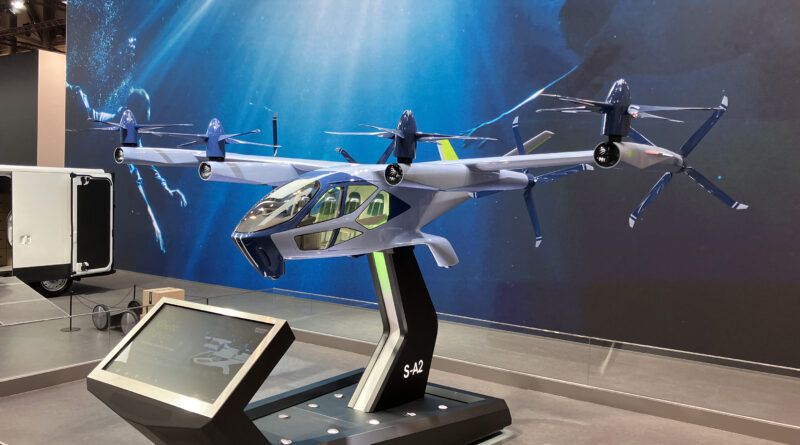
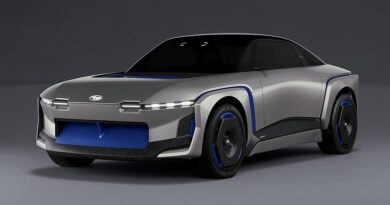
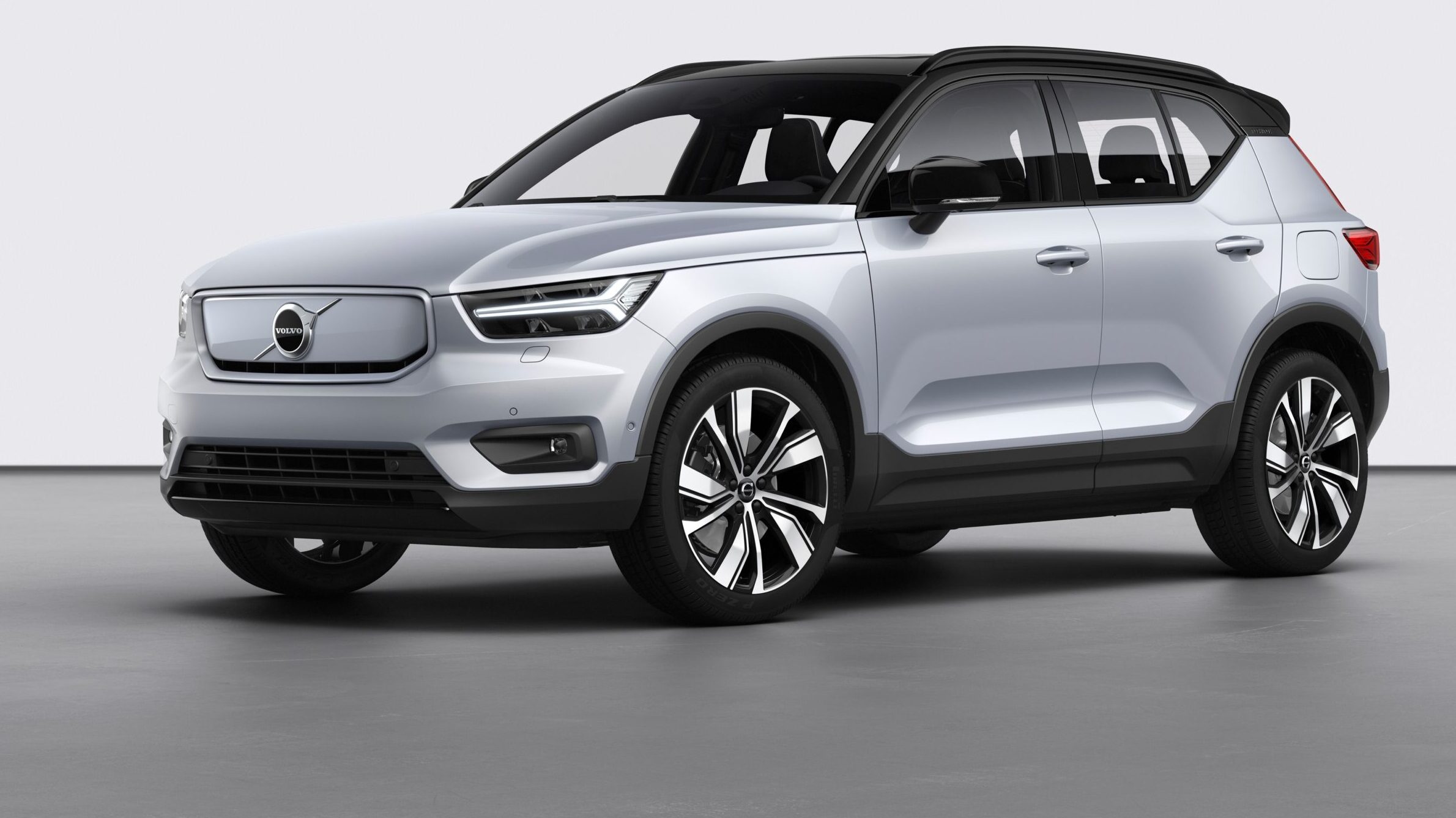
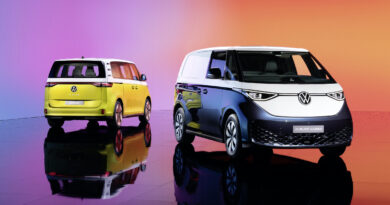
Yes, lots and lots of vertiports because the batteries are not advanced enough to manage the massive draw of power required to run all those power hungry motors which also require massive amounts of fluids to keep them cool, plus the fluids to keep the batteries cool. This aircraft design is terrible, and reflects a complete misunderstanding of aircraft design techniques and a huge lack of practical experience. It’s a waste for these companies are propping up such a poorly executed cult of ideas.